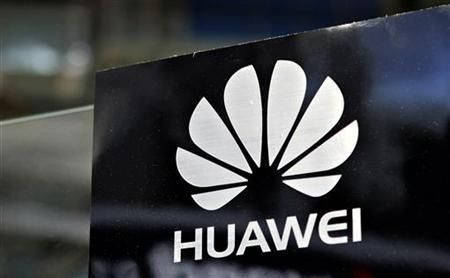Huawei versus Samsung and Apple: The Chinese tech giant’s quest for mobile phone domination

Huawei is slowly but surely making its way to the top of the smartphone biosphere. China’s number one is now the world’s third best-selling phone company in the world, but it’s not done yet. Huawei sees itself taking down Apple and Samsung for the top spot in the near future, and the company is unabashedly confident that one can’t help but believe that it just might do so.
Samsung and Apple have reigned over the mobile phone industry for six years now. As the world’s number one and number two when it comes to mobile handsets, Samsung and Apple have never been genuinely threatened by a legit third contender. Through the years, the third spot has been a revolving door of phone brands. But now that Huawei has it locked down, the company sees no other way but up.
It certainly helps that Huawei itself produces the components of its own smartphones, which is something that rivals simply can’t compete with. Huawei has been the largest telecommunications equipment manufacturer in the world since 2012. It has distanced itself from fellow Chinese brands by producing quality handsets that can go toe-to-toe with anything US-based Apple or South Korean Samsung has.
Over the past year and a half, Huawei has climbed Finland’s top mobile phone charts in unprecedented fashion. According to research firm IDC, Huawei had sold ten times more phones than Apple in Nokia’s home country from January to March 2016 before eventually taking over Samsung in October. After securing its place in China, Huawei has now taken over Europe.
Huawei is now the number one mobile brand in the Netherlands and Portugal. It ranks second in Hungary, Italy, Spain and Poland. Consumer head Richard Yu reportedly told Fortune that the company is confident that it shall blaze past Apple in terms of smartphones next year, which is not entirely impossible since the Huawei Mate 9 has recently been making waves around the world, and that could be the catalyst.
But before Huawei can do that, it must first make its mark in the US. The Chinese tech giant is unable to practice the discount schemes it employs in Europe on American telcos, which prevents Huawei flagship phones from being widely distributed on US soil. In the US, providers are responsible for about 90 percent of mobile phone sales.
Huawei isn’t about to back down, though. In fact, the company is as confident as it has ever been, seeing itself at the top of the mobile phone world by 2021. Huawei certainly has the resources and the fibre to do it. Not bad for a company that previously and almost exclusively produced white label handsets.
RELATED STORIES:
Huawei P10 and P10 Plus specs, prices and release details: Reported prices seem to fit both phones’ specs
Apple iPhone 7 Plus vs Huawei Mate 9: Battery performance test and comparison




















